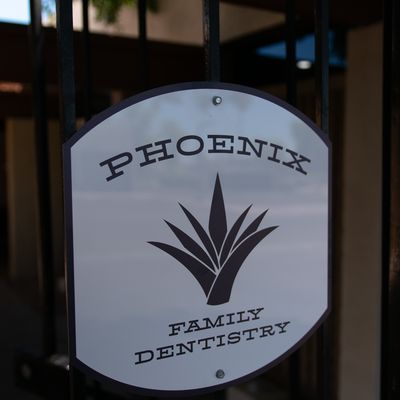Your Dentist in PHOENIX, AZ
Phoenix Family Dentistry
Phoenix Family Dentistry is a Phoenix-based family dentist practice that treats patients of all ages. We are committed to delivering the highest quality in dental care and do so using advanced dental equipment. We are a cosmetic dentist that offers services like checkups, teeth cleaning, crowns, veneers, and more.
We also perform emergency dentist services that include bonding, root canals, crowns, and bridges. As a local dentist, we create lifelong relationships with our patients and their families and work to ensure that they receive treatments in a comfortable and relaxed environment. The Doctors and our staff invite you to schedule an appointment by calling 602-755-6684 and experience why our patients think Phoenix Family Dentistry is the best dentist in Phoenix.
We are committed to providing quality healthcare to families located in the Phoenix area and treat patients of all ages.

Fill Out the Form

One of our team member will contact you to schedule

Add Consult to your calendar



























 None
None None
None None
None None
None None
None None
None None
None None
None None
None None
None






